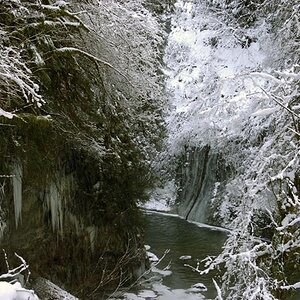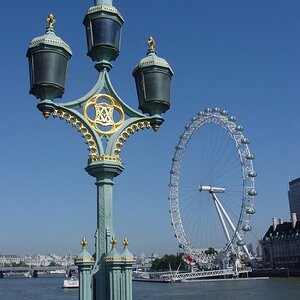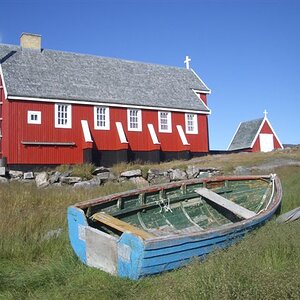in2thewild
No longer a newbie, moving up!
- Joined
- Jan 20, 2016
- Messages
- 142
- Reaction score
- 46
- Can others edit my Photos
- Photos OK to edit
Hi,
My question on the photo below regards the sky. When I tried to edit it in Lightroom and make it blue (because it's boring right now) it wouldn't let me. The sky was a little dusty so I'm wondering whether if I adjusted my depth of field, this would have allowed me to capture more detail in the sky?
This photo was taken in Saudi Arabia. The sky is always dusty so I'm trying to figure out how to capture the detail under these lighting circumstances!
Or if you have any other comments about the photo, they're welcome also.
Thanks

My question on the photo below regards the sky. When I tried to edit it in Lightroom and make it blue (because it's boring right now) it wouldn't let me. The sky was a little dusty so I'm wondering whether if I adjusted my depth of field, this would have allowed me to capture more detail in the sky?
This photo was taken in Saudi Arabia. The sky is always dusty so I'm trying to figure out how to capture the detail under these lighting circumstances!
Or if you have any other comments about the photo, they're welcome also.
Thanks


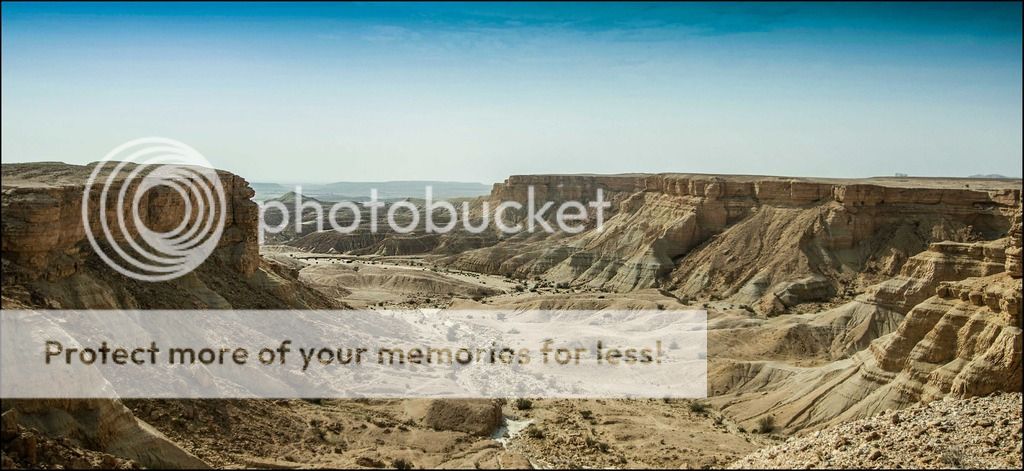

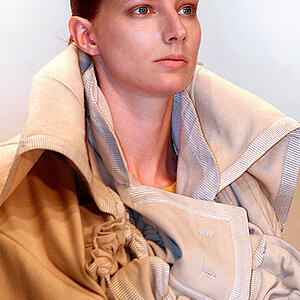
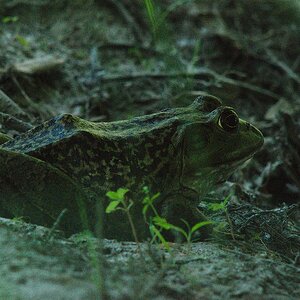
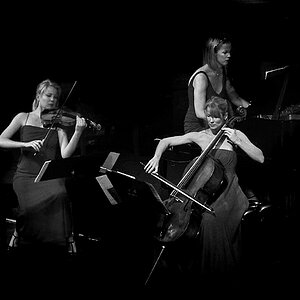
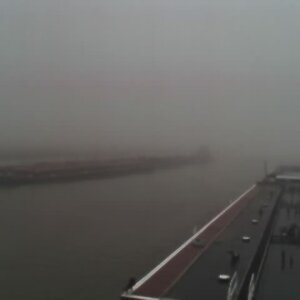
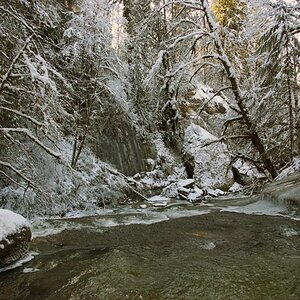
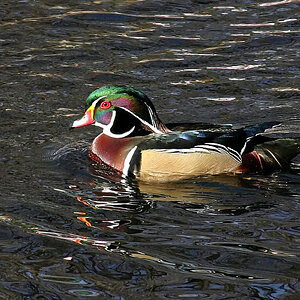
![[No title]](/data/xfmg/thumbnail/38/38294-cb4a5aa0ded725d4c694e6eebe276f0d.jpg?1619738564)
